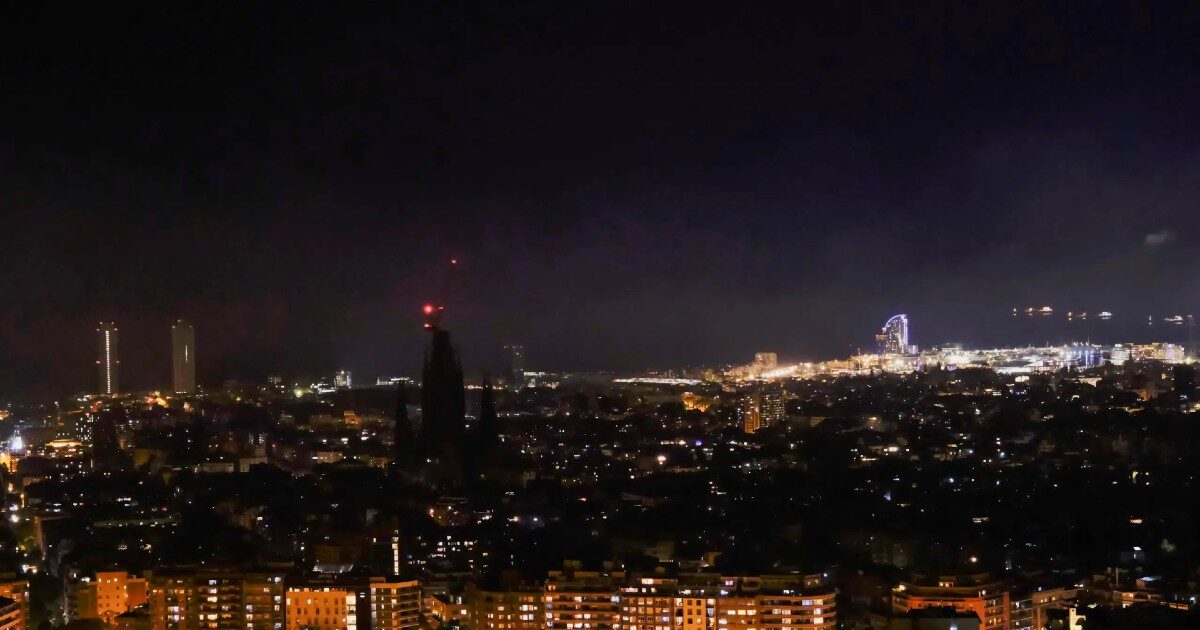The great Spanish blackout noted two weeks ago reminded everyone the importance of a durable networkespecially at a time when electricity dependence is higher than ever.
As it had been so big in Europe for decades, many pointed out the differences in the past. For example, in earlier years, when the current was falling, fixed phones were still operating, which is no longer the same degree due to the fiber optic network on which they are supported.
Thus, at a time when the electricity of sectors such as transport and industry is being carried out, there is a need to strengthen the network in order not to repeat corresponding phenomena.
At the same time, authorities are required to provide answers to the causes that have caused the interruption in Iberia. So far, we have only had the original sequence of events published by the Spanish administrator Red Electrica. Now, the ENTSO-E European Association has released a more detailed timetable that offers a more complete picture. However, definitive answers will come after months, according to market executives.
At the moment, the ENTSO-E launched his own research, which will carry out a group of experts from different countries, including Greece. Specifically, Ms. Maria-Faidra Katsiantonis is one of her ten members and belongs to the potential of the SEELNE CC Coordinating Center (Selene CC) created in 2020 based in Thessaloniki. The center is the administrators of Greece, Bulgaria and Italy, namely ADMIE, ESO and TERNA.
It is worth adding that the Selene CC also participated in the Blackout survey that had occurred in June 2024 in the Balkans, affecting Albania, Bosnia and Herzegovina, Montenegro and Croatia.
The events of April 28
So, according to the ENTSO-E, half an hour before the blackout observed two power and frequency fluctuations in the European electricity grid, between 12: 03-12: 07 and 12: 19-12: 21 respectively.
The administrators of Spain and France took action to balance the situation and when the basic incident took place, all the variables were smooth in the system.
Shortly before the blackout, Spain exported 1,000 MW to France, 2,000 MW in Portugal and 800 MW in Morocco.
Entering the blackout itself, we have the following order of events:
- Starting at 12:32:57 and within 20 seconds, there was a series of disconnections in the south of Spain, leading to a loss of 2,200 MW. As a result, the frequency fell and the potential in Spain and Portugal increased.
- Between 12:33:18 and 12:33:21, the frequency in the Iberian peninsula continued to fall and reached 48.0 Hz. Automatic defense plans of Spain and Portugal were activated to share the load.
- At 12:33:21, the AC lines between France-Spain were disconnected from their protection devices.
- At 12:33:24, the Iberian system collapsed completely and the HVDC lines between France and Spain ceased to carry energy.
The reaction of the principles
After the blackout, the managers worked together to restore electricity.
The main steps that followed were:
- At 12:44 the 400 kV line of France-Spain was re-activated in the western part.
- At 13:04 the Spanish-Morocco interconnection came back.
- By 13:30 quite a hydroelectricity in Spain started without external power to assist the re -launch of the network.
- At 13:35 the eastern part of the French-Spanish interconnection came back.
- At 16:11 and 17:26, two production stations in Portugal reopened after previous fruitless efforts.
- At 18:36 the first line of 220 kV Spain-Portugal was activated, allowing the Portuguese network to be reset.
- At 21:35 the southern line 400 kv Spain-Portogal was activated.
- At 00:22 (April 29) the reinstatement of the transfer network to Portugal was completed.
- At 04:00 the transport network returned to Spain.
